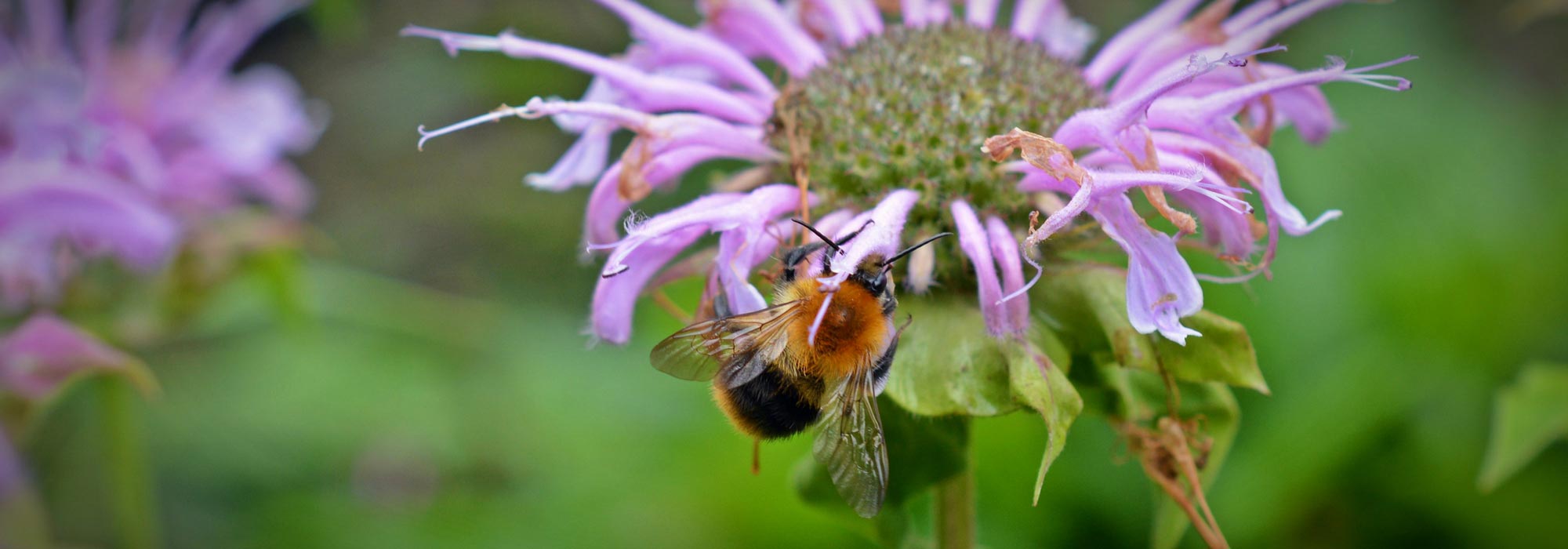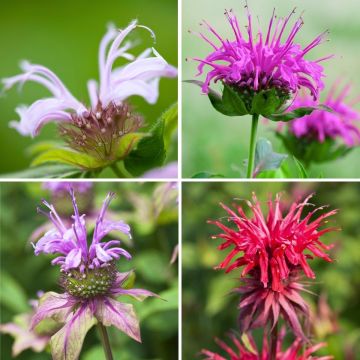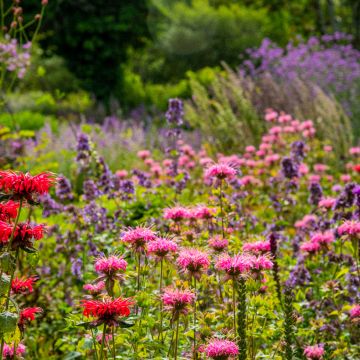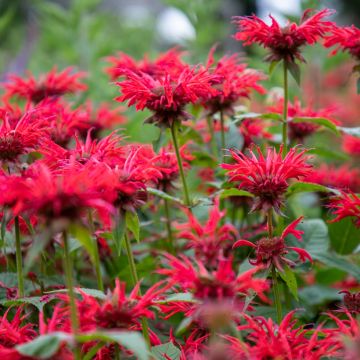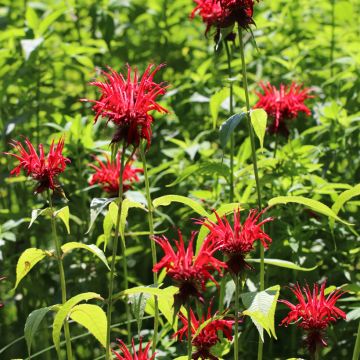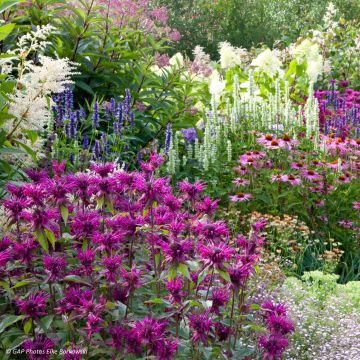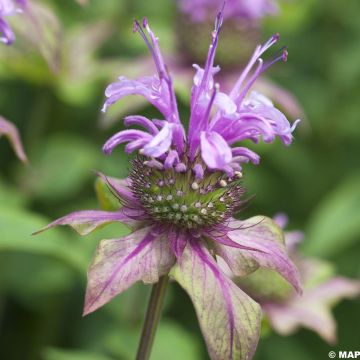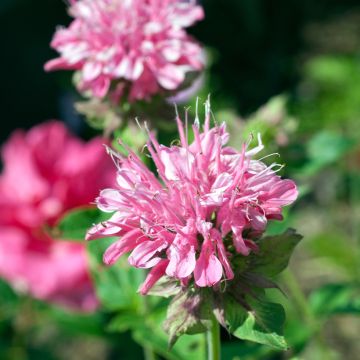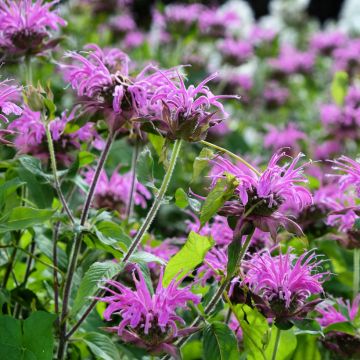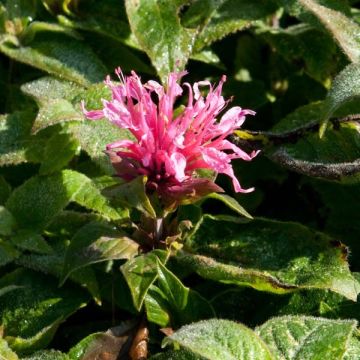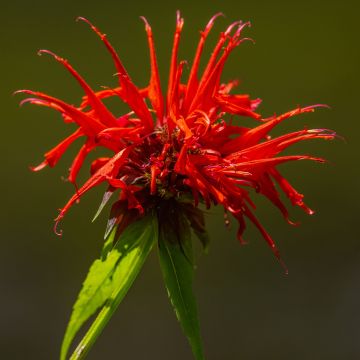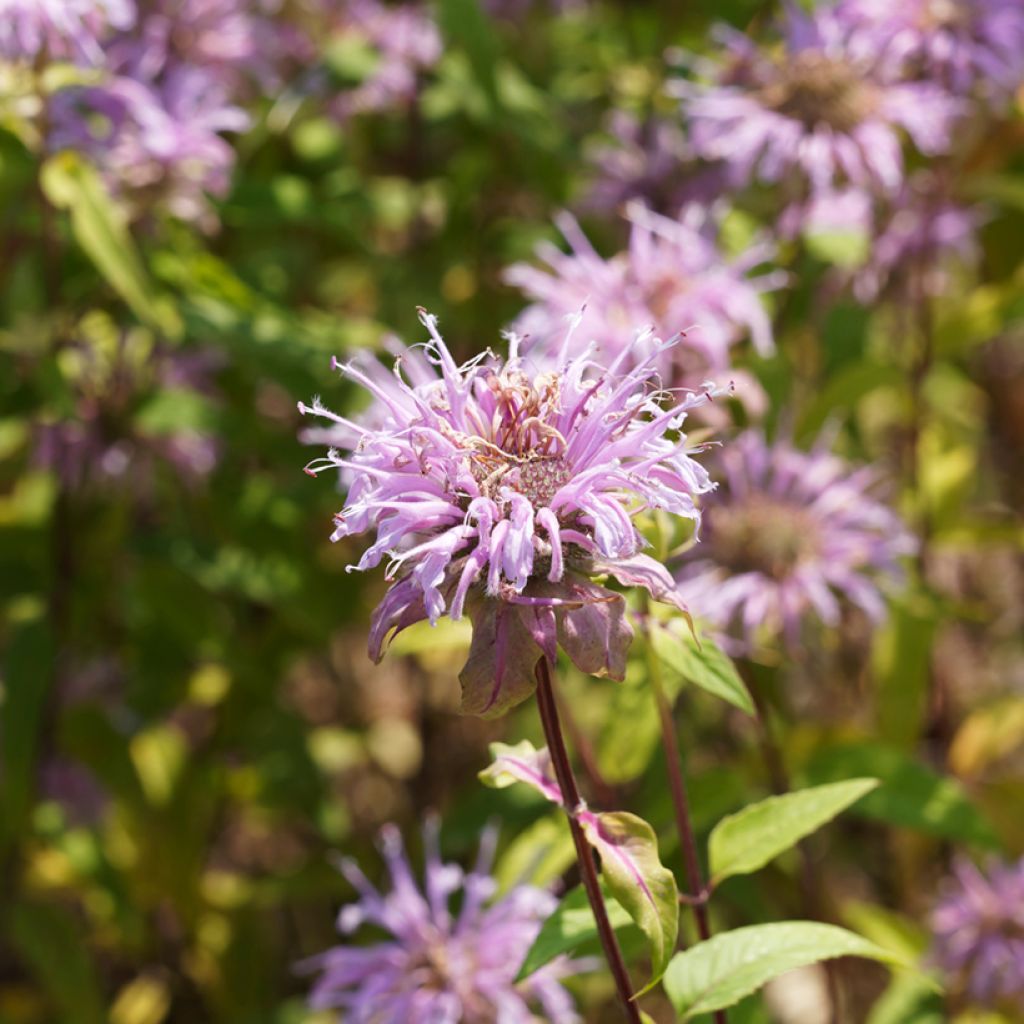

Monarda bradburiana - Beebalm
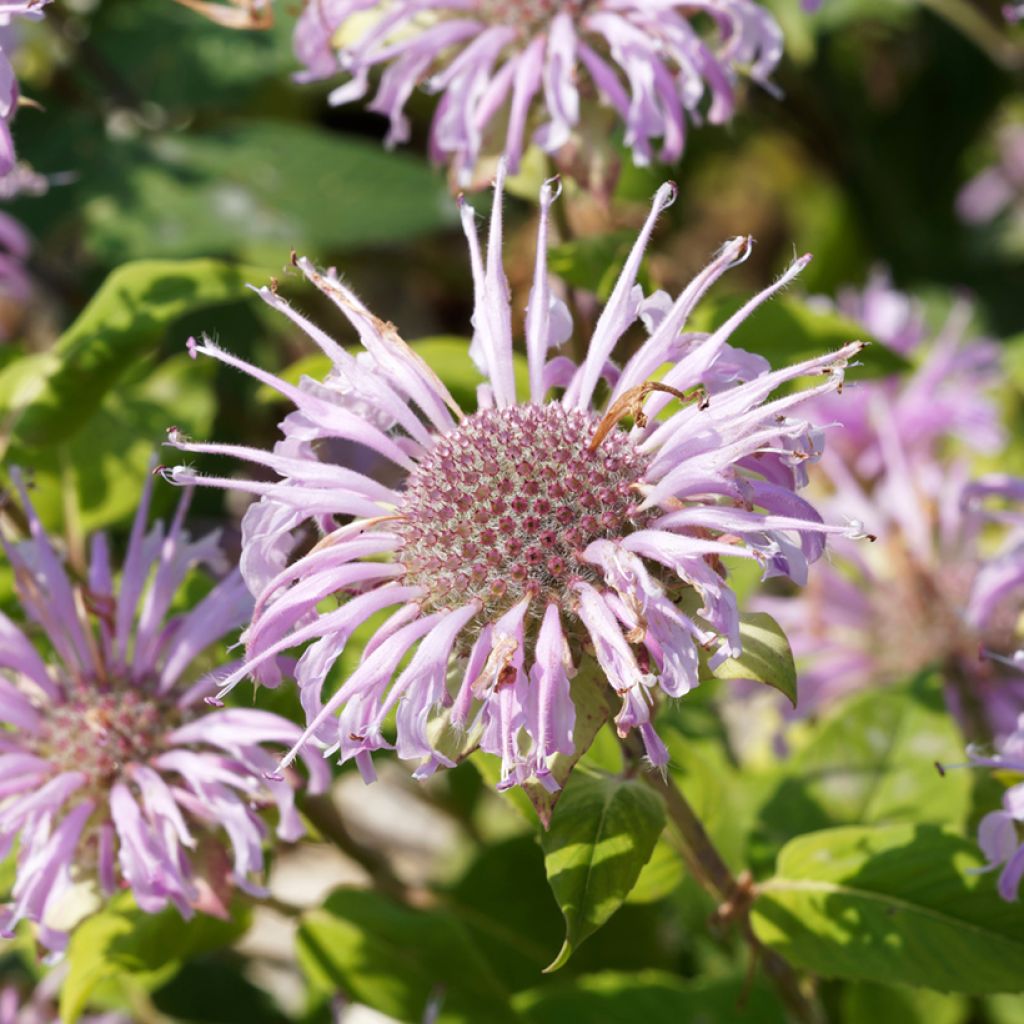

Monarda bradburiana - Beebalm
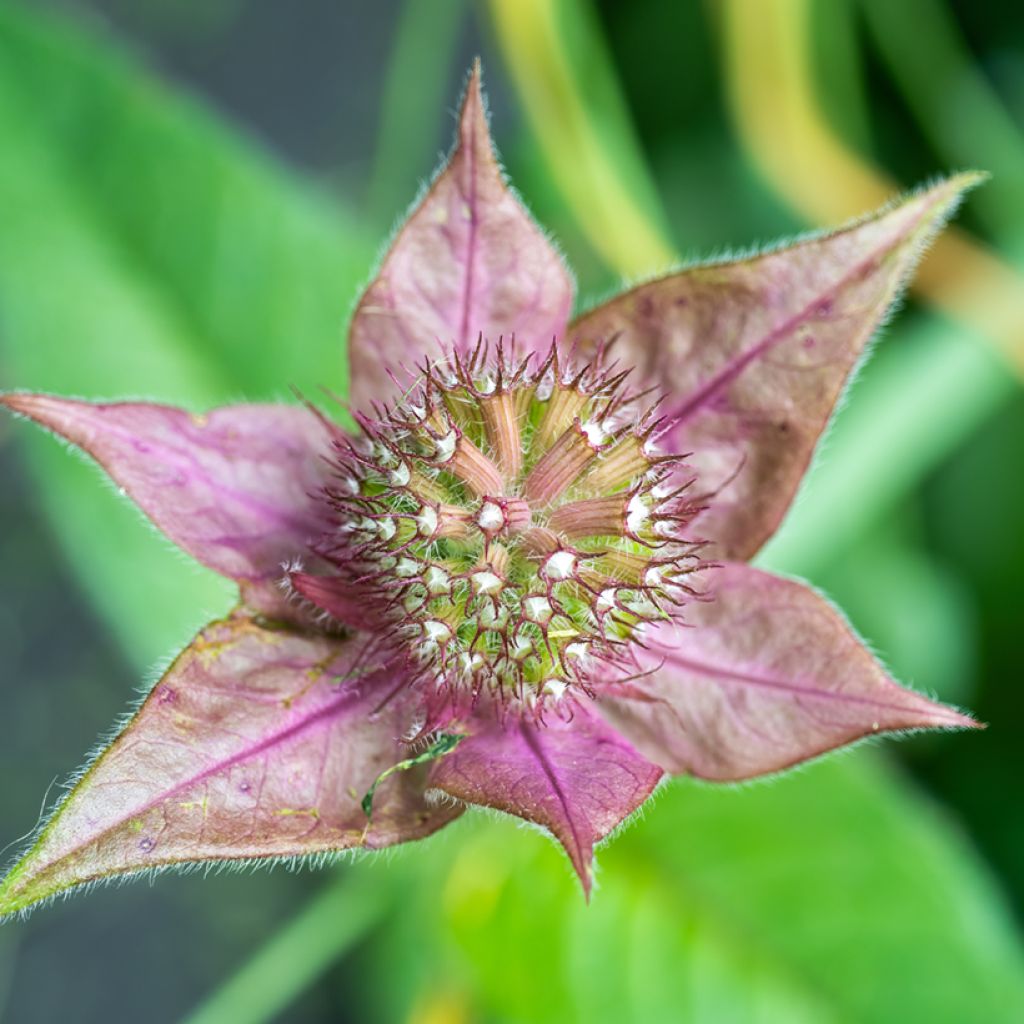

Monarda bradburiana - Beebalm
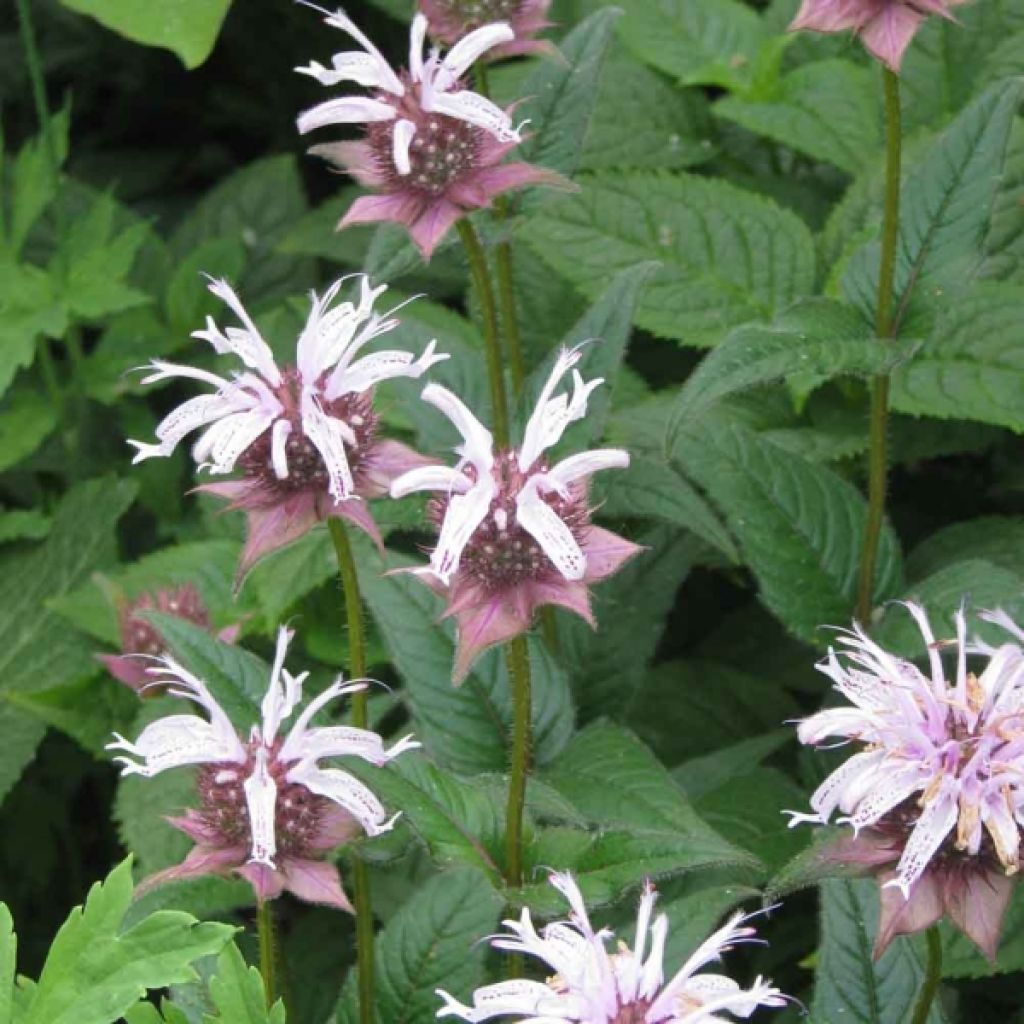

Monarda bradburiana - Beebalm
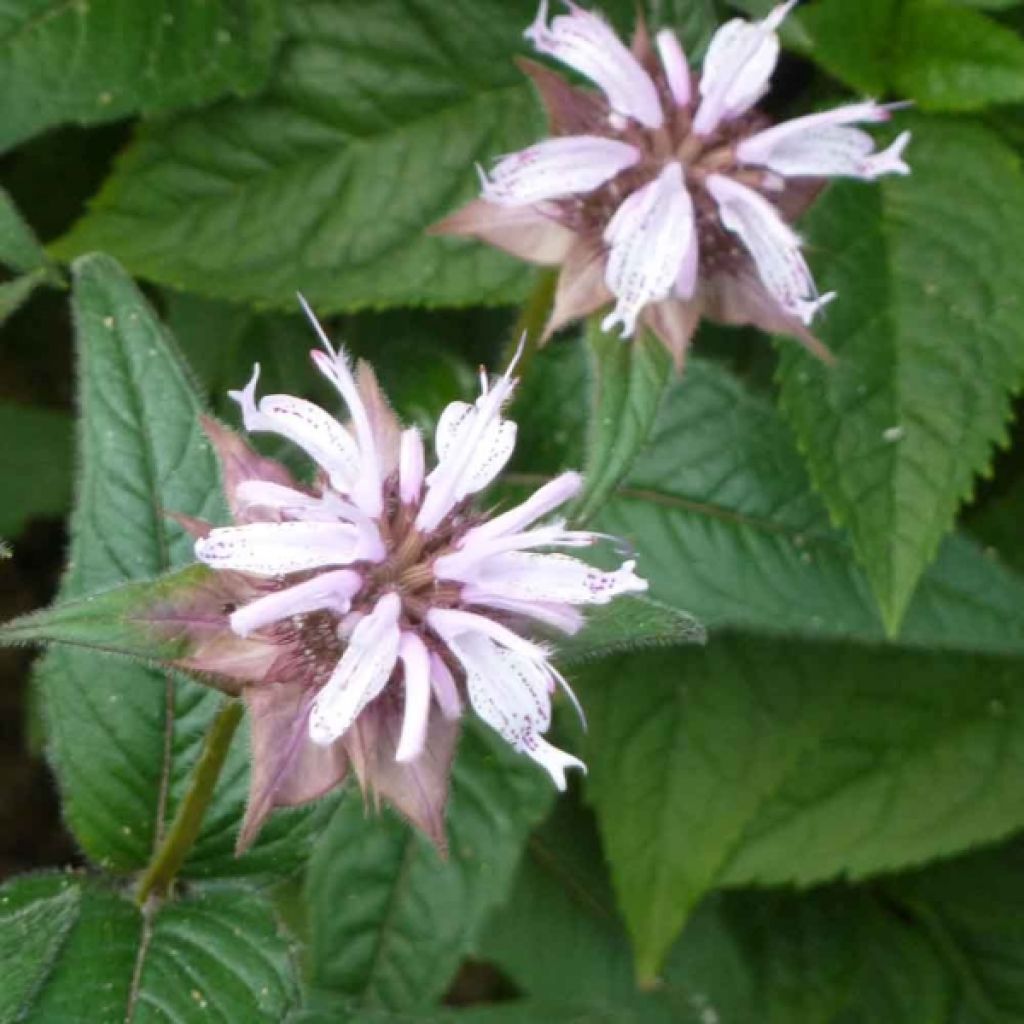

Monarda bradburiana - Beebalm
Monarda bradburiana - Beebalm
Monarda bradburiana
Bergamot, Bee Balm, Oswego Tea, Horsemint
Special offer!
Receive a €20 voucher for any order over €90 (excluding delivery costs, credit notes, and plastic-free options)!
1- Add your favorite plants to your cart.
2- Once you have reached €90, confirm your order (you can even choose the delivery date!).
3- As soon as your order is shipped, you will receive an email containing your voucher code, valid for 3 months (90 days).
Your voucher is unique and can only be used once, for any order with a minimum value of €20, excluding delivery costs.
Can be combined with other current offers, non-divisible and non-refundable.
Home or relay delivery (depending on size and destination)
Schedule delivery date,
and select date in basket
This plant carries a 12 months recovery warranty
More information
We guarantee the quality of our plants for a full growing cycle, and will replace at our expense any plant that fails to recover under normal climatic and planting conditions.
Does this plant fit my garden?
Set up your Plantfit profile →
Description
Monarda bradburiana, or Bradbury's Beebalm, is a North American botanical species that forms beautiful clusters of pale pink flowers in spring. Its flowers are more decorative than those of the wild bergamot with numerous pale lavender pink florets. Its aromatic foliage can be used in infusions. The plant is also ornamental in autumn when its foliage turns purple, and in winter with long-lasting heads. It is an excellent, hardy perennial for wild or romantic flower beds, in any well-drained soil.
Monarda bradburiana belongs to the Lamiaceae family. It is a perennial plant native to the central and southeastern United States (Arkansas, Alabama, Iowa, Missouri, Texas, etc.) where it grows in thickets, on forest edges, in meadows, and along roadsides, in rocky or sandy soils. Its foliage emerges in spring and dries up in late autumn. It forms a beautiful cluster of 60 cm (24in) in height, with a weak suckering habit from its rhizomatous stump. This bee balm blooms from May to July at the tip of its stems, with 4 to 6 cm (2in) diameter flower heads composed of florets arranged in a whorl, or crown. These two-lipped flowers are pale pink, speckled with purple on the lower lip. The flowers of this Bergamot are highly attractive to bees and butterflies. The leaves of Monarda bradburiana measure 5 to 8 cm (2 to 3in) long, they are lanceolate, and toothed at the edges, greyish green, with prominent veins. These are highly aromatic leaves, used for scented sachets and potpourri. In cold weather, they may turn more or less purple or burgundy at the end of the season. After pollination, decorative ball-shaped seed heads are formed. This plant can self-seed if the conditions are favourable, without becoming invasive.
Monarda bradburiana thrives in full sun or partial shade, in any moist, well-drained, shallow or rocky soil. Plant in small groups in a romantic garden, in a flowering meadow, or in a mixed border alongside other beautiful wildflowers such as Rudbeckia, Carex comans, Eragrostis spectabilis, campanulas, and other grasses. It is also a lovely companion for landscape roses and agastaches.
Monarda bradburiana - Beebalm in pictures
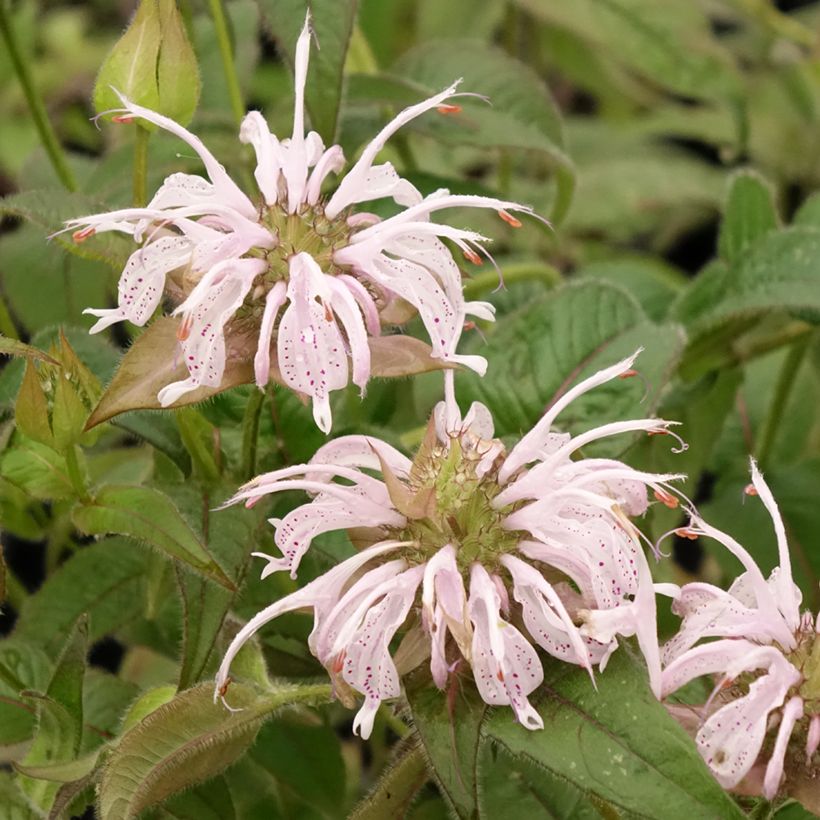

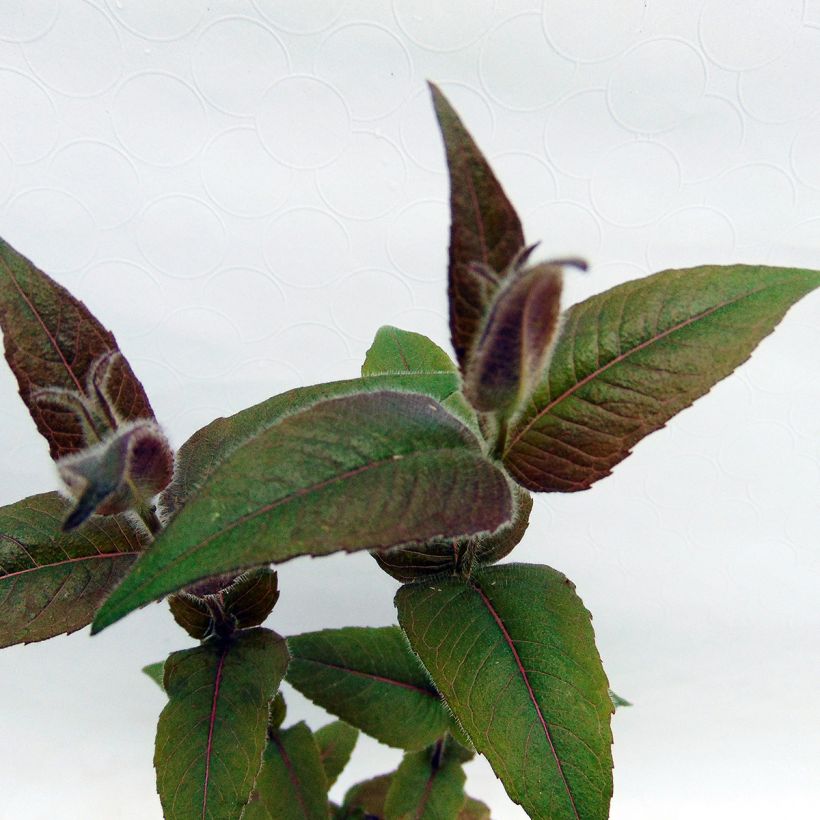

Flowering
Foliage
Plant habit
Botanical data
Monarda
bradburiana
Lamiaceae
Bergamot, Bee Balm, Oswego Tea, Horsemint
North America
Other Monarda - Bee Balm
View all →Planting and care
Monarda bradburiana thrives in full sun and tolerates light shade in the afternoon, especially in hot climates. Plant it in well-drained, light soil that doesn't dry out too much. Avoid letting the soil become too dry in summer. Some American sources claim that this beebalm can withstand shallow, rocky soils that occasionally dry out in summer. Remove faded flowers to prolong flowering. Prune the dry clump once it is no longer decorative in late winter. Beebalm is prone to powdery mildew during hot and dry summers, but this variety appears to be more resistant to this disease. It can be attacked by slugs and snails in spring.
Planting period
Intended location
Care
Planting & care advice
-
, onOrder confirmed
Reply from on Promesse de fleurs
Haven't found what you were looking for?
Hardiness is the lowest winter temperature a plant can endure without suffering serious damage or even dying. However, hardiness is affected by location (a sheltered area, such as a patio), protection (winter cover) and soil type (hardiness is improved by well-drained soil).

Photo Sharing Terms & Conditions
In order to encourage gardeners to interact and share their experiences, Promesse de fleurs offers various media enabling content to be uploaded onto its Site - in particular via the ‘Photo sharing’ module.
The User agrees to refrain from:
- Posting any content that is illegal, prejudicial, insulting, racist, inciteful to hatred, revisionist, contrary to public decency, that infringes on privacy or on the privacy rights of third parties, in particular the publicity rights of persons and goods, intellectual property rights, or the right to privacy.
- Submitting content on behalf of a third party;
- Impersonate the identity of a third party and/or publish any personal information about a third party;
In general, the User undertakes to refrain from any unethical behaviour.
All Content (in particular text, comments, files, images, photos, videos, creative works, etc.), which may be subject to property or intellectual property rights, image or other private rights, shall remain the property of the User, subject to the limited rights granted by the terms of the licence granted by Promesse de fleurs as stated below. Users are at liberty to publish or not to publish such Content on the Site, notably via the ‘Photo Sharing’ facility, and accept that this Content shall be made public and freely accessible, notably on the Internet.
Users further acknowledge, undertake to have ,and guarantee that they hold all necessary rights and permissions to publish such material on the Site, in particular with regard to the legislation in force pertaining to any privacy, property, intellectual property, image, or contractual rights, or rights of any other nature. By publishing such Content on the Site, Users acknowledge accepting full liability as publishers of the Content within the meaning of the law, and grant Promesse de fleurs, free of charge, an inclusive, worldwide licence for the said Content for the entire duration of its publication, including all reproduction, representation, up/downloading, displaying, performing, transmission, and storage rights.
Users also grant permission for their name to be linked to the Content and accept that this link may not always be made available.
By engaging in posting material, Users consent to their Content becoming automatically accessible on the Internet, in particular on other sites and/or blogs and/or web pages of the Promesse de fleurs site, including in particular social pages and the Promesse de fleurs catalogue.
Users may secure the removal of entrusted content free of charge by issuing a simple request via our contact form.
The flowering period indicated on our website applies to countries and regions located in USDA zone 8 (France, the United Kingdom, Ireland, the Netherlands, etc.)
It will vary according to where you live:
- In zones 9 to 10 (Italy, Spain, Greece, etc.), flowering will occur about 2 to 4 weeks earlier.
- In zones 6 to 7 (Germany, Poland, Slovenia, and lower mountainous regions), flowering will be delayed by 2 to 3 weeks.
- In zone 5 (Central Europe, Scandinavia), blooming will be delayed by 3 to 5 weeks.
In temperate climates, pruning of spring-flowering shrubs (forsythia, spireas, etc.) should be done just after flowering.
Pruning of summer-flowering shrubs (Indian Lilac, Perovskia, etc.) can be done in winter or spring.
In cold regions as well as with frost-sensitive plants, avoid pruning too early when severe frosts may still occur.
The planting period indicated on our website applies to countries and regions located in USDA zone 8 (France, United Kingdom, Ireland, Netherlands).
It will vary according to where you live:
- In Mediterranean zones (Marseille, Madrid, Milan, etc.), autumn and winter are the best planting periods.
- In continental zones (Strasbourg, Munich, Vienna, etc.), delay planting by 2 to 3 weeks in spring and bring it forward by 2 to 4 weeks in autumn.
- In mountainous regions (the Alps, Pyrenees, Carpathians, etc.), it is best to plant in late spring (May-June) or late summer (August-September).
The harvesting period indicated on our website applies to countries and regions in USDA zone 8 (France, England, Ireland, the Netherlands).
In colder areas (Scandinavia, Poland, Austria...) fruit and vegetable harvests are likely to be delayed by 3-4 weeks.
In warmer areas (Italy, Spain, Greece, etc.), harvesting will probably take place earlier, depending on weather conditions.
The sowing periods indicated on our website apply to countries and regions within USDA Zone 8 (France, UK, Ireland, Netherlands).
In colder areas (Scandinavia, Poland, Austria...), delay any outdoor sowing by 3-4 weeks, or sow under glass.
In warmer climes (Italy, Spain, Greece, etc.), bring outdoor sowing forward by a few weeks.






























